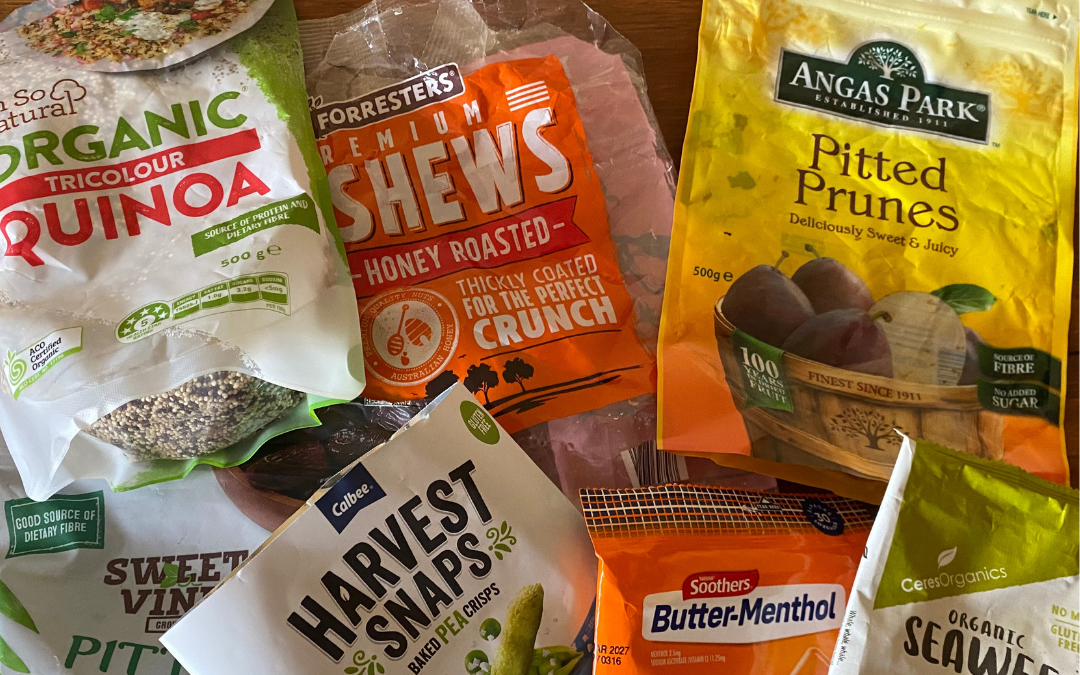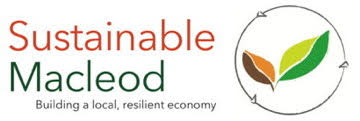Double danger of modern food packaging

Do you ever wonder which is the correct bin for food wrappers and resealable food packets? And have you ever considered that food within these may be contaminated with micro-plastics?
Which bin?
Most food packets and wrappers are made of polymers (plastics). The most common are polyethylene, polyethylene terephthalate, polyvinyl chloride, polypropylene and polystyrene. There are other less common plastics too and all derive from petroleum. Some try to look like paper but a feel of their slippery surface will tell you otherwise. They are used, of course, because they are strong, waterproof, can be transparent, light-weight and contribute to protecting food from deterioration. Nowhere on the packaging will you find what it is made from. And as much as this is a regulation issue, manufacturers of food products themselves will not know the chemical constituents of the polymers in their packaging.
Polymers were discovered during the 19th century and were developed primarily for military use, replacing glass and silk. In the 1970s, polyethylene terephthalate (PET) was introduced, initially in beverage containers. Traditional materials such as glass, paper and metal have been replaced over the last 50 years by plastic packaging which is lighter and cheaper but comes at great cost to the environment and our health.
Plastic food packets are regarded as single use plastics and have very poor recycling efficiency, often containing more than one type of polymer. Even the inks used to print on the packaging must be removed prior to trying to separate some plastics. As a result most of it ends up in landfill. For us as consumers, it is important to dispose of this type of packaging, and wrappers for such things as muesli or protein bars or confectionery, in the red bin and not in the yellow recycling bin, as much as this may be disheartening. Correct disposal prevents contamination of waste and saves councils millions of dollars Australia-wide every year.
Banyule City Council’s website says that the following all need to go into the red waste bin: reusable plastic containers, soft plastics, polystyrene, compostable packaging, coffee cups and lids, and waxed or laminated cardboard. According to Banyule City Council’s Waste department, food packets come under the heading of soft plastics and accordingly cannot be recycled.
Are microplastics in packaging dangerous to humans?
Is packaging containing polymers harmful to humans? The short answer is yes. Whereas plastic packaging was once thought to be benign, there is increasing concern that micro-plastics are entering the human body from this packaging.
The 4 Corners program ‘Generation Cancer’ on the ABC on 7 July 2025 highlighted the alarming increase in cancer among Australians in their 30s and 40s, believed to be in part due to micro-plastic intake from foods packaged in plastics. DNA testing is consistently showing that these toxins are damaging the DNA of younger people resulting in a huge increase in 10 types of cancer. While Australia leads the world in early-onset cancer, large data sets from the USA confirm the trend. If this is correct, it has huge implications not only for the current 30-50 year-old cohort but also for children and the next generations. Cancer will have moved from being predominantly an older person’s disease to a disease of young adults and children. This is borne out by comparisons of the DNA of younger people and older people with cancer. Younger people’s DNA shows changes not present in the DNA of older people.
The 4 Corners program stated that there are approximately 16,000 chemicals used in plastics and only one third have been assessed, of which 75% have been found to be harmful.
It’s difficult these days to purchase most foods without packaging. but it may well be worth the effort both to reduce plastics in landfill and to care for our health. Shopping at bulk food stores, Farmer’s Markets and produce markets, and only selecting fruit and vegetables at supermarkets that are loose, may be a smart move.
Written by Robin Gale-Baker
References:
4 Corners program: Generation Cancer
